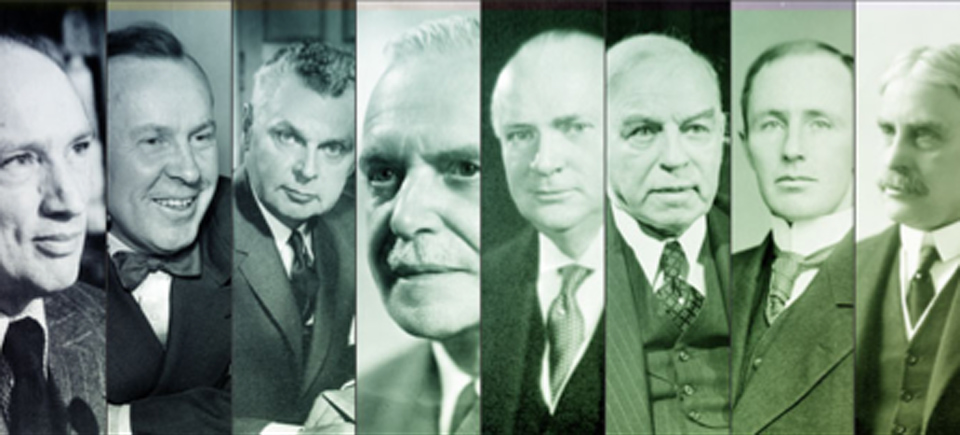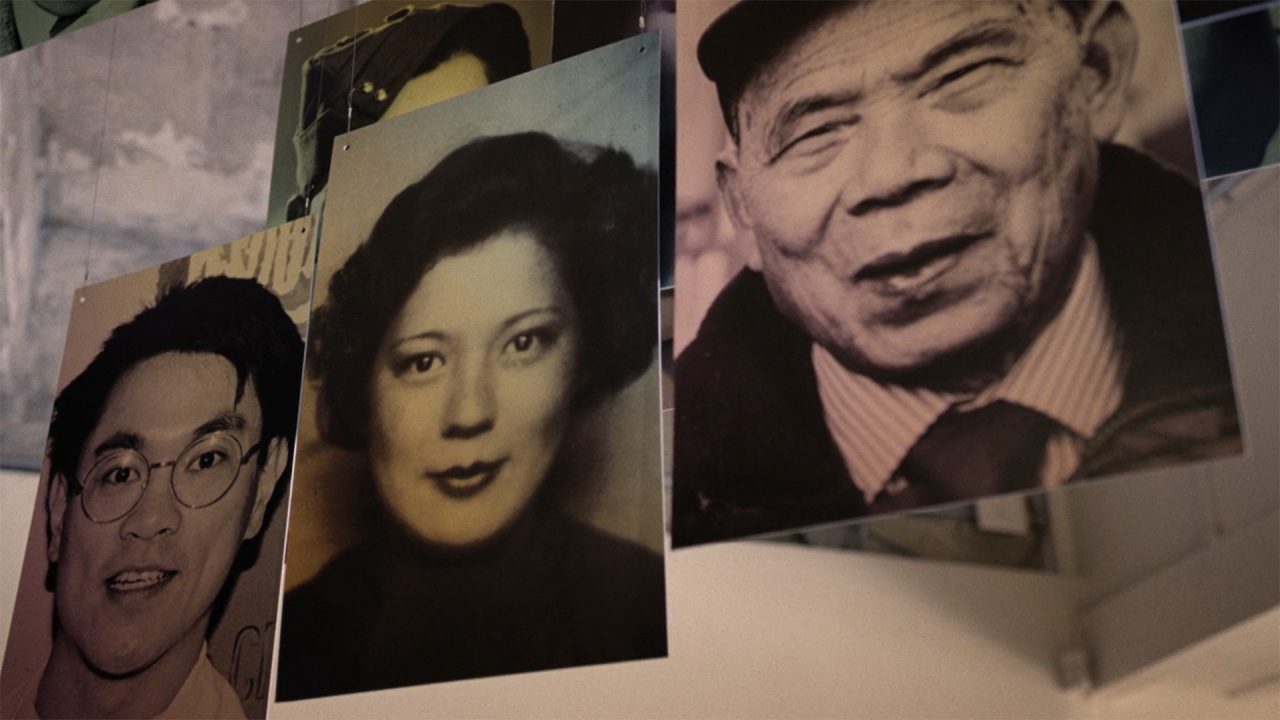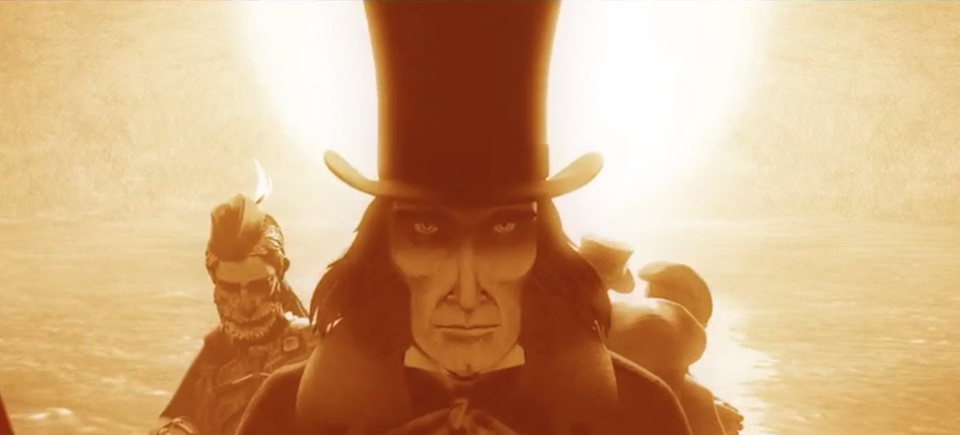
Canada’s Prime Ministers: History in the classroom
Canada’s Prime Ministers: History in the classroom
This is a guest post written by Nicki Darbyson, Curriculum Coordinator for the Canadian and World Studies Department at Virtual High School, Ontario. She also has many years of experience researching and teaching history.
***
This playlist of documentaries on Canada’s leaders reignited my love of biography. Photos of the nation’s various prime ministers—and some very aptly chosen quotes—instantly bring the past to life with humour and insight, inviting questions surrounding the political context of the period. In the opening line of John A. MacDonald’s profile from Library and Archives Canada, students read: “When fortune empties her chamber pot on your head, smile—and say, ‘We are going to have a summer shower.’” What a clever way to discuss the state of plumbing and public sanitation in 1875!
Integrating the biographies of Canada’s Prime Ministers into the classroom is a great way to balance social, cultural and political histories, and prompts students to ask questions, contextualize significant events and evaluate the primary sources that are provided with each video. This collaborative effort of the National Film Board and Library and Archives Canada (LAC) brings a host of valuable resources to the classroom, including the documentary series, a full collection of digital images and documents from LAC, and fact sheets about each of Canada’s prime ministers. Other important Canadian political figures, such as Maude Barlow, are also presented in an appealing, detailed fashion—one that is sure to attract students who assume that history is somehow “antiquated.”
A Sample from the Series: Donald Brittain’s The Champions
The most notable of the documentaries for the Canadian high school curriculum is Donald Brittain’s The Champions, a three-part series on political rivals Pierre Elliott Trudeau and René Lévesque. Brittain uses the lives of these two charismatic leaders to tell the fascinating story of the nation’s political roller coaster ride from the onset of the Quiet Revolution with Jean Lesage’s election in 1960 to the mid-1980s, when Trudeau and Lévesque stepped down from their respective positions.
The Champions, Part 1: Unlikely Warriors by Donald Brittain, National Film Board of Canada
In part one, Unlikely Warriors, Trudeau and Lévesque are introduced. Brittain provides an excellent comparative history of how and why Trudeau and Lévesque entered politics, noting that both joined the fray in the middle of their lives; neither man sought power (it came to them); both men were brilliant and passionate, but both also possessed “a fine rage”; and Trudeau and Lévesque were, in a way, prisoners of one another. Brittain presents issues such as the nationalization of Hydro-Québec, the Montreal Strike, and the rise of Quebec nationalism to explain how Trudeau and Lévesque came to differ on their views of Canada and sovereignty.
The second part, The Trappings of Power, begins with Lévesque explaining why he came to the conclusion that Quebec should separate from Canada in 1967, and why Trudeau decided to run for the leadership of the Liberal Party of Canada in 1968. The major focus of this section, however, is the October Crisis and the implementation of the War Measures Act in 1970, which is a compelling discussion topic for students in Grade 10 Canadian history (applied and academic), Civics, and senior Canadian history courses.
The Champions, Part 2: Trappings of Power by Donald Brittain, National Film Board of Canada
The third section, The Final Battle, which is 87 minutes in length, examines in depth the politics leading up to the formation of the Parti Québécois, the 1980 referendum and its outcomes, the movement to patriate the Constitution in 1982, and the decline and resignation of both Trudeau and Lévesque. Each event is skilfully presented to reveal the personalities of the leaders, making this video a valuable candidate for discussions that focus on historical empathy and the ethical dimensions of politics. Throughout the series, Brittain does a remarkable job of portraying both men in a sympathetic light. As Brittain demonstrates in the well-selected footage, both Trudeau and Lévesque speak of each other with grace and respect, even after the most heartbreaking defeats.
The Champions, Part 3: The Final Battle by Donald Brittain, National Film Board of Canada
Assessment Ideas for the 2013 Ontario Curriculum
The films fulfill many of the curriculum expectations the Ministry of Ontario has prescribed for students of Canadian history. There has been an increased emphasis on so-called “second-order knowledge,” or the skills required to practise history (i.e., going beyond the “first-order knowledge” of learning “the facts” to actively creating historical narratives). The Historical Thinking Project [1] has been at the forefront in identifying these skills by helping to design learning goals. Such goals include evaluating the significance of historical events, identifying and examining primary sources, determining cause and effect, continuity and change, and studying and assuming various historical perspectives. In particular, evaluating a documentary for its merit as a secondary source is a great exercise, and each episode on Canada’s leaders works well in this regard. For many students, such exercises are more engaging than working with conventional texts, especially since the students are working with visuals, making the primary sources easier to identify.
Here are a few suggestions for getting the most out of this stimulating series of documentaries.
1) Historical Thinking Discussion/Response (CHC2D, CHC2P)
Students watch one or all of the documentaries, either in class or at home, and evaluate each documentary as a source; they would then prepare responses to the following questions and use them for a class discussion. Alternatively, students could play historian and write a film review expressing their reactions to the following questions:
Questions for Consideration
• Whose perspectives are represented in this documentary?
• What primary sources were used in the making of these documentaries?
• Can you tell how the director views Trudeau and Lévesque?
• Does the director demonstrate any bias? If so, what makes you think this?
• What other sources would help you understand the perspectives of French and English Canadians during events like the October Crisis?
Overall Curriculum Expectations
A1. Historical Inquiry: Use the historical inquiry process and the concepts of historical thinking when investigating aspects of Canadian history since 1914.
A2. Developing Transferable Skills: Apply, in everyday contexts, skills developed through historical investigation, and identify some careers in which these skills might be useful.
2) The War Measures Act Debate/Dialogue (CHC2D, CHC2P, CHV2O)
Students take the perspectives of either Trudeau or Lévesque and, as a group, debate the decision to implement the War Measures Act in 1970. In an online environment, teachers could ask students to write a news article incorporating both perspectives, or have them create and perform a talk-show dialogue between the two figures, in video or written form.
Questions for Consideration
• Why did Pierre Trudeau think the War Measures Act was necessary?
• Some Canadians were angry. Why?
• Using the benefits of hindsight, do you agree or disagree with Trudeau?
• What were the long-term implications of implementing the War Measures Act?
• What did Lévesque think about the War Measures Act?
• How do Trudeau and Lévesque differ in their interpretation of nationalism and national identity?
• What legacy did each leader leave behind?
Overall Curriculum Expectations
A1. Historical Inquiry: Use the historical inquiry process and the concepts of historical thinking when investigating aspects of Canadian history since 1914.
A2. Developing Transferable Skills: Apply, in everyday contexts, skills developed through historical investigation, and identify some careers in which these skills might be useful.
D1. Social, Economic and Political Context: Describe some key social, economic and political events, trends and developments in Canada between 1945 and 1982. Assess their significance for different groups in Canada.
D2. Communities, Conflict and Cooperation: Analyze some key experiences of and interactions among different communities in Canada, as well as interactions between Canada and the international community, from 1945 to 1982, and the changes that resulted from these events.
D3. Identity, Citizenship and Heritage: Analyze how significant events, individuals and groups, including Aboriginal peoples, Québécois and immigrants, contributed to the development of identity, citizenship and heritage in Canada between 1945 and 1982.
E2. Communities, Conflict and Cooperation: Analyze some significant interactions within and between various communities in Canada and between Canada and the international community from 1982 to the present, and how key issues and developments have affected these interactions.
Overall Expectations for Civics
B1. Civic Issues, Democratic Values: Describe beliefs and values associated with democratic citizenship in Canada, and explain how they are related to civic action and to citizens’ positions on civic issues.
B2. Governance in Canada: Explain, with reference to a range of issues of civic importance, the roles and responsibilities of various institutions, structures and figures in Canadian governance.
3) Museum Exhibit Assignment (CHC2D, CHC2P)
Design a museum exhibit on either Pierre Trudeau or René Lévesque, using primary sources to provide the context of their time. Select five primary sources that best explain their political careers and five primary sources that best explain their social lives. Be sure to put the sources in chronological order, and explain their significance to both the subject of your exhibit and to Canada’s legacy.
Questions for Consideration
• How did Trudeau and Lévesque view Canadian identity? Nationalism?
• What were their main goals while they were in power?
• How were their ideas shaped by what was going on in Canada and Quebec at the time?
• How did their actions shape Canadian history?
Overall Curriculum Expectations
A1. Historical Inquiry: Use the historical inquiry process and the concepts of historical thinking when investigating aspects of Canadian history since 1914.
D3. Identity, Citizenship and Heritage: Analyze how significant events, individuals and groups, including Aboriginal peoples, Québécois and immigrants, contributed to the development of identity, citizenship and heritage in Canada between 1945 and 1982.
4) Creating a Documentary Assignment or a Photo Essay (CHC2D, CHC2P)
Design a documentary on the October Crisis in PowerPoint, Prezi, or a video medium of your choice.
Questions for Consideration
• What are the essential questions that you must ask about your subject?
• What evidence will you use in the design of your documentary?
• Will you attempt to present a balanced view, or will you present your own perspective alone?
Overall Curriculum Expectations
A1. Historical Inquiry: Use the historical inquiry process and the concepts of historical thinking when investigating aspects of Canadian history since 1914.
D1. Social, Economic and Political Context: Describe some key social, economic and political events, trends and developments in Canada between 1945 and 1982, and assess their significance for different groups in Canada.
D2. Communities, Conflict and Cooperation: Analyze some key experiences of and interactions among different communities in Canada, as well as interactions between Canada and the international community, from 1945 to 1982, and the changes that resulted from them.
D3. Identity, Citizenship and Heritage: Analyze how significant events, individuals and groups, including Aboriginal peoples, Québécois and immigrants, contributed to the development of identity, citizenship and heritage in Canada between 1945 and 1982.
5) Facebook Profile or Twitter Pitch Assignment (CHC2D, CHC2P)
Create a Facebook page for a Canadian leader of your choice. Provide at least three status updates (including dates) about their political perspectives. Include five friends and describe their connections; also include three events. Find and include three images with captions for their profiles.
Or:
You are the political advisor for either Rene Lévesque or Pierre Trudeau. Create a Twitter pitch for an election campaign of your choice. Be sure to get your primary message across using 140 characters or less.
Questions for Consideration
• Which election are you campaigning for?
• What were the main political/cultural/social issues at the time in Canada?
Overall Curriculum Expectations
A1. Historical Inquiry: Use the historical inquiry process and the concepts of historical thinking when investigating aspects of Canadian history since 1914.
D3. Identity, Citizenship and Heritage: Analyze how significant events, individuals and groups, including Aboriginal peoples, Québécois and immigrants, contributed to the development of identity, citizenship and heritage in Canada between 1945 and 1982
[1] The Historical Thinking Project: Promoting Critical Historical Literacy for the 21st Century. historicalthinking.ca [Accessed Feb. 21, 2014]




Canada has a very unique history and learning the prime ministers can trace the growth and spectacular development of this country. I also advise my students to learn the Canadian history, with many good lessons. Victor. Queen Elizabeth Academy. http://www.QETutoring.com